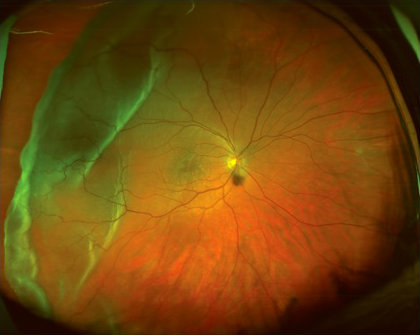Recent years have brought about increasing healthcare costs, especially in America. Obesity and chronic illnesses are just a few of the contributing factors, but what do the roles of vision loss and eye disorders play in healthcare costs?
A new study recently published in Ophthalmology offers insight into just how costly vision loss and eye disorders are, particularly for the American population under the age of 40. According to the study, “the economic burden” of vision loss and eye disorders was $27.5 billion last year, with $5.9 billion in costs for children and $21.6 billion accounting for adults ages 18 to 39.
The study, which defines the numbers as “a substantial burden” for a group previously left out of similar studies, also broke the costs down by direct and indirect costs. Direct costs included $7.3 billion for medical costs associated with diagnosed disorders, $4.9 billion attributed to refraction correction, and $0.5 billion accounted for undiagnosed vision loss. Additionally, $1.8 billion were spent on other direct costs. Indirect costs accounted for $13 billion spent. Prevent Blindness America plans to present a more in-depth discussion on the economic burden of vision loss and eye disorders for all ages at its Focus on Health National Summit in June.
Vision loss and eye disorders are a costly problem all across the world, too. As noted in “Vision in Focus,” Optos’ 2012 annual report, $202 billion are spent on adult vision problems around the world annually, with $3 trillion estimated in global costs on vision loss per year.
The economic burden of vision loss and eye disorders can only be expected to grow if prevention efforts are not increased. That’s why it is important to encourage patients to have a comprehensive eye exam each year and to begin those eye exams early. Routine eye exams can help detect eye disorders and diseases as well as systemic diseases in their earliest stages, which can prevent them from causing further damage. Not to mention, this would all help keep healthcare costs in check.
And what can enhance a routine eye exam is advanced screening. Adding one of Optos’ ultra-widefield retinal imaging devices to your practice can aid in prevention efforts with one quick, painless, and non-invasive scan. Visit our website to learn more about our products and the benefits they will provide to you, your practice, and your patients.
